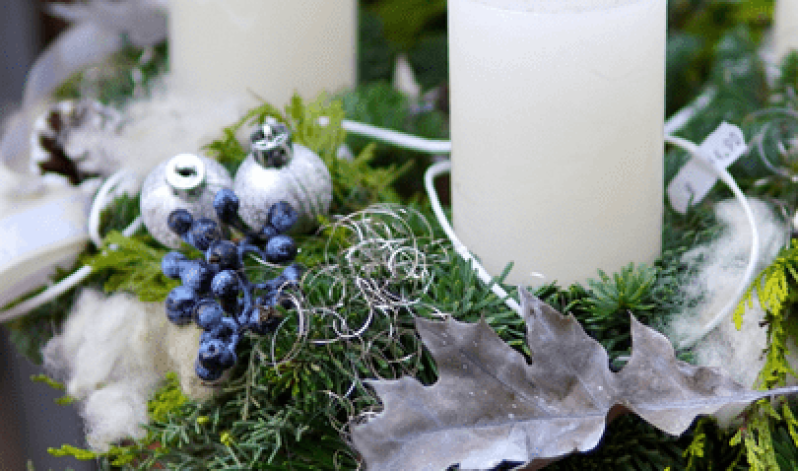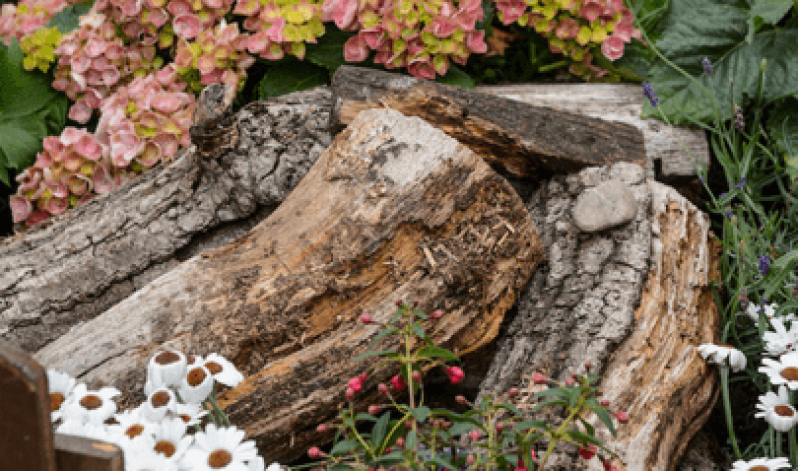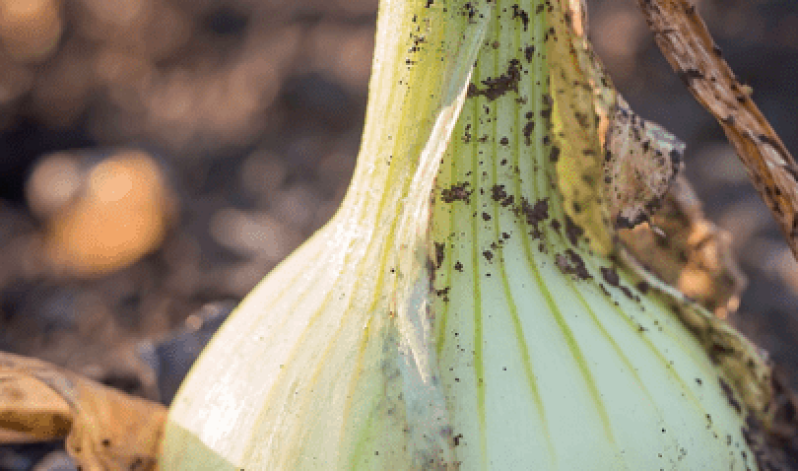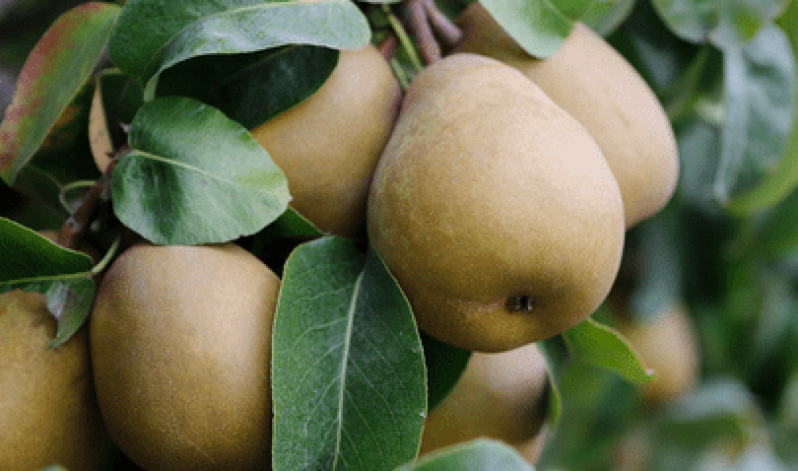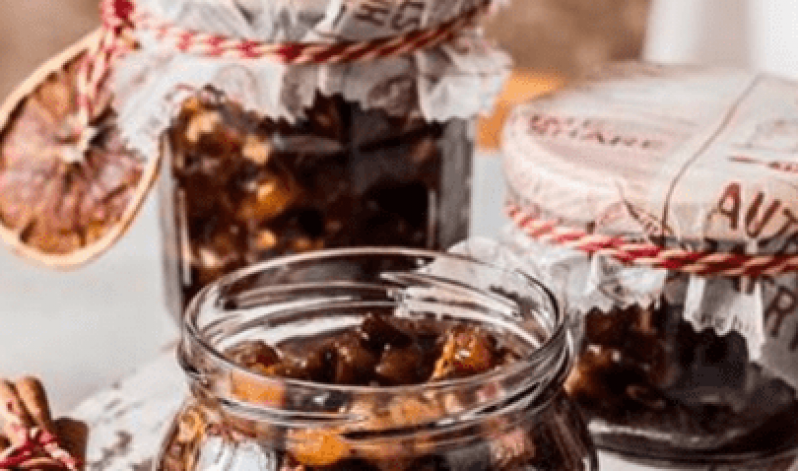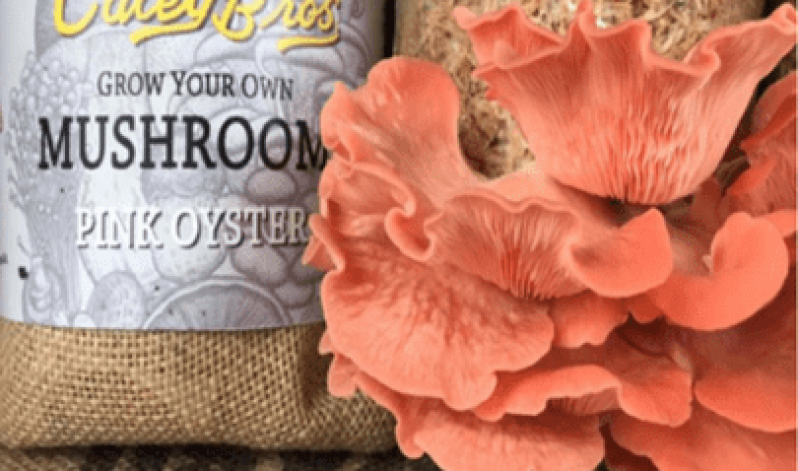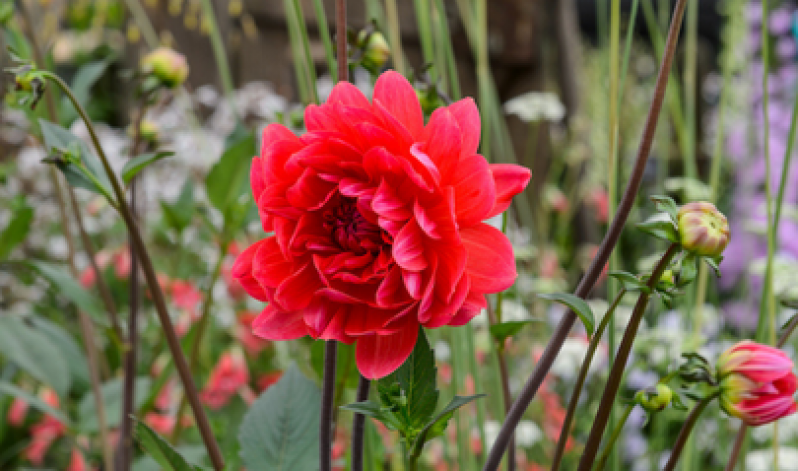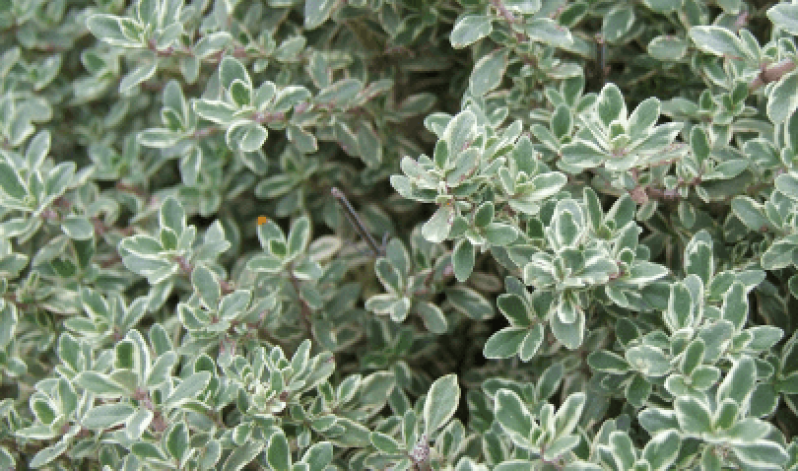Dec 02, 2022
0 comment
Grow your own garlic tips for flavoursome fritters
Calling all garlic lovers! Have you ever tried growing your own? We’ve paired some helpful tips from our friends at BBC Gardeners’ World Magazine, with a tantalising fritter recipe, as seen at the BBC Good Food Show Summer 2022, to bring fantastic flavours to your winter table.
/*! elementor - v3.21.0 - 08-05-2024 */
.elementor-widget-divider{--divider-border-style:none;--divider-border-width:1px;--divider-color:#0c0d0e;--divider-icon-size:20px;--divider-element-spacing:10px;--divider-pattern-height:24px;--divider-pattern-size:20px;--divider-pattern-url:none;--divider-pattern-repeat:repeat-x}.elementor-widget-divider .elementor-divider{display:flex}.elementor-widget-divider .elementor-divider__text{font-size:15px;line-height:1;max-width:95%}.elementor-widget-divider .elementor-divider__element{margin:0 var(--divider-element-spacing);flex-shrink:0}.elementor-widget-divider .elementor-icon{font-size:var(--divider-icon-size)}.elementor-widget-divider .elementor-divider-separator{display:flex;margin:0;direction:ltr}.elementor-widget-divider--view-line_icon .elementor-divider-separator,.elementor-widget-divider--view-line_text .elementor-divider-separator{align-items:center}.elementor-widget-divider--view-line_icon .elementor-divider-separator:after,.elementor-widget-divider--view-line_icon .elementor-divider-separator:before,.elementor-widget-divider--view-line_text .elementor-divider-separator:after,.elementor-widget-divider--view-line_text .elementor-divider-separator:before{display:block;content:"";border-block-end:0;flex-grow:1;border-block-start:var(--divider-border-width) var(--divider-border-style) var(--divider-color)}.elementor-widget-divider--element-align-left .elementor-divider .elementor-divider-separator>.elementor-divider__svg:first-of-type{flex-grow:0;flex-shrink:100}.elementor-widget-divider--element-align-left .elementor-divider-separator:before{content:none}.elementor-widget-divider--element-align-left .elementor-divider__element{margin-left:0}.elementor-widget-divider--element-align-right .elementor-divider .elementor-divider-separator>.elementor-divider__svg:last-of-type{flex-grow:0;flex-shrink:100}.elementor-widget-divider--element-align-right .elementor-divider-separator:after{content:none}.elementor-widget-divider--element-align-right .elementor-divider__element{margin-right:0}.elementor-widget-divider--element-align-start .elementor-divider .elementor-divider-separator>.elementor-divider__svg:first-of-type{flex-grow:0;flex-shrink:100}.elementor-widget-divider--element-align-start .elementor-divider-separator:before{content:none}.elementor-widget-divider--element-align-start .elementor-divider__element{margin-inline-start:0}.elementor-widget-divider--element-align-end .elementor-divider .elementor-divider-separator>.elementor-divider__svg:last-of-type{flex-grow:0;flex-shrink:100}.elementor-widget-divider--element-align-end .elementor-divider-separator:after{content:none}.elementor-widget-divider--element-align-end .elementor-divider__element{margin-inline-end:0}.elementor-widget-divider:not(.elementor-widget-divider--view-line_text):not(.elementor-widget-divider--view-line_icon) .elementor-divider-separator{border-block-start:var(--divider-border-width) var(--divider-border-style) var(--divider-color)}.elementor-widget-divider--separator-type-pattern{--divider-border-style:none}.elementor-widget-divider--separator-type-pattern.elementor-widget-divider--view-line .elementor-divider-separator,.elementor-widget-divider--separator-type-pattern:not(.elementor-widget-divider--view-line) .elementor-divider-separator:after,.elementor-widget-divider--separator-type-pattern:not(.elementor-widget-divider--view-line) .elementor-divider-separator:before,.elementor-widget-divider--separator-type-pattern:not([class*=elementor-widget-divider--view]) .elementor-divider-separator{width:100%;min-height:var(--divider-pattern-height);-webkit-mask-size:var(--divider-pattern-size) 100%;mask-size:var(--divider-pattern-size) 100%;-webkit-mask-repeat:var(--divider-pattern-repeat);mask-repeat:var(--divider-pattern-repeat);background-color:var(--divider-color);-webkit-mask-image:var(--divider-pattern-url);mask-image:var(--divider-pattern-url)}.elementor-widget-divider--no-spacing{--divider-pattern-size:auto}.elementor-widget-divider--bg-round{--divider-pattern-repeat:round}.rtl .elementor-widget-divider .elementor-divider__text{direction:rtl}.e-con-inner>.elementor-widget-divider,.e-con>.elementor-widget-divider{width:var(--container-widget-width,100%);--flex-grow:var(--container-widget-flex-grow)}
This December, why not try sowing garlic for a crop that makes a delicious seasoning to your cooking all year round. Plus, garlic takes up very little space and is an easy crop to grow. Make sure you always buy bulbs at the garden centre or order them from a seed supplier – don’t use bulbs from the supermarket. Ready to use your freshly grown garlic gloves in a delicious recipe? If you’re bored of roast and mash potatoes this winter, why not try making sweet potato and saltfish fritters to put a kick back into your dinner time. Find out more about the recipe below…
How to growPlot garlic in a warm, sunny spot in well-drained soil that doesn’t get too wet in winter – dig in some home-made compost or well-rotted manure for best resultsSow in small pots, a large container or directly in the ground 15cm apart, leaving 30cm between rowsBreak the bulbs into separate cloves and plant the large ones with the fat end downwards and the pointy end 2.5cm below the soil.TIP! Lay bird netting or fleece over new plants until the shoots are 5cm tall to keep the birds at bay whilst your garlic grows.
Caring for garlic
Water regularly in spring and early summer
Reduce watering once you see the foliage turning yellow – this is a sign that the bulbs are reaching maturity.
Weed between the plants to reduce the competition for water and nutrients.
Remove any flowers, or ‘scapes’ the plants produce – you can eat these in stir-fries.
Time to harvest!When the leaves have turned yellow, gently lift out bulbs with a fork or trowel, taking care not to damage them. Leave the garlic to dry out for a couple of days, by laying it out on a table or tray, in full sun.Once the bulbs are dry and feel papery to touch, you can either store them loose or plait their foliage to make a traditional string of bulbs. Store in a cool, dry place. Take care not to bruise the bulbs, as any damage can make them deteriorate in storage.
White sweet potato and saltfish fritters, ackee cream and green seasoning oilThis recipe is from the BBC Good Food Show Summer 2022, as seen on the Big Kitchen at the BBC Good Food Show Summer with chef Andi Oliver. Serves 6-8.IngredientsFor the ackee cream:165g canned sweetcorn180g canned ackee200ml oat cream
For the green seasoning oil:1 handful of mixed herbs (such as sorrel leaves, chervil and tarragon)2 thyme sprigs10g Christmas bush or bay leaf1 small bunch of flat leaf parsley1 small bunch of coriander4 spring onions10 garlic gloves1 green chilli or 1 scotch bonnet chilli (depending on how hot you’d like it)6 little Caribbean seasoning peppers, or a mix of red, yellow and green mini sweet peppers1/2 white onion400ml cold pressed rapeseed oil
For the fritters:250g white sweet potato, grated120g skinless and boneless saltfish, twice oiled, drained and rinsed110g grated white onions4 garlic cloves, finely grated15g finely grated ginger 1sp turmeric1tsp cumin seeds1tsp chilli flakes40g self-raising flour30g fine cornmeal1 thyme sprig, leaves only8g finely chopped chives500ml oil (vegetable/rapeseed/sunflower)
Method
1.To make the seasoning oil, blend all the ingredients together, add seasoning, and blend until smooth. Sieve the mixture to create a green oil.2.In a bowl, combine the fritter ingredients (minus the oil) plus a big pinch of salt and pepper and mix thoroughly using your hands, squeezing the mixture so it all sticks together. Cover and set aside.3.Heat the oil in a wide pan to 150-170C. Test the heat of the oil by dropping a pinch of the potato mixture into it – if it rises and starts to golden quickly, it’s ready to fry. Slip 1 tbsp of mixture at a time into the hot oil until golden. Transfer the cooked fritters to a plate or bowl lined with kitchen paper to get rid of any excess oil.4.To make the ackee cream, gently toast sweetcorn until it’s slightly charred. Add the ackee and cook for 1-2mins and mix. Blitz the mixture with the oat cream in a blender until smooth and season.5.To serve, divide the ackee cream between six-eight shallow bowls or plates, top with two or three fritters and drizzle the seasoning oil over the top.
Find out what's on at BBC Gardeners' World Live 2023
Find out more about the BBC Good Food Show Summer



